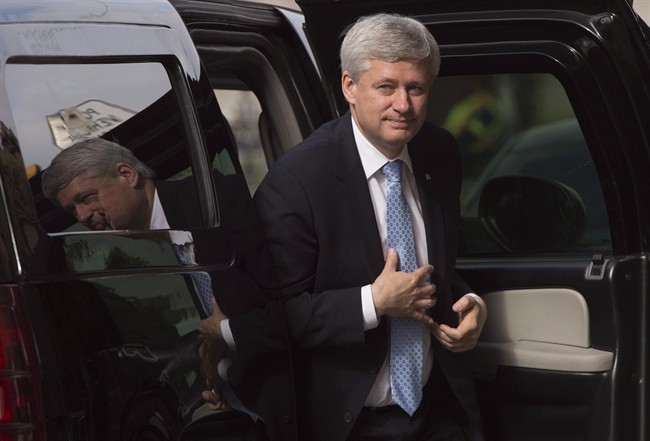Anyone watching the proceedings in the House of Commons on the afternoon of Feb. 22 would likely have glimpsed a familiar face when it came time to vote on a Conservative motion linked to Israel.

The face belonged to the Member of Parliament for Calgary Heritage, who also happens to be the former prime minister of Canada. Since stepping down as Conservative leader last fall, Stephen Harper has — as promised — been showing up regularly to vote in his role as an MP, according to official records.
Out of the 14 votes that have taken place since Parliament resumed, Harper has been present for 11 of them.
The votes have taken place over nine days, but since the start of the new Parliamentary session, the House has sat for 26 days. A source within the Conservative Party confirmed that Harper has been in Ottawa for most of those days, but typically only enters the chamber when it’s time to register his vote. The rest of the time, he can usually be found in his office.
The Hansard reflects this, showing Harper has not spoken in the House since last spring, when he was still prime minister.
In December, Interim Conservative Leader Rona Ambrose predicted that her former boss would show up for “important votes that matter to his constituents” in Calgary Heritage.
“He’s a member of Parliament, continues to be a member of Parliament, and wants to represent his constituents,” Ambrose said, adding that Harper has “done his time” when it comes to making himself available to the media.
Harper won his riding with nearly 64 per cent of the vote last October, and there has been no public signal that he is preparing to step down. There had been speculation that he stayed on to avoid testifying at the Mike Duffy trial by invoking Parliamentary privilege. Duffy’s trial wrapped on Feb. 23.
Harper’s continued presence across the aisle from the new prime minister and government is, in itself, not unusual. Half of Canada’s prime ministers since Confederation have remained in their jobs as MPs following the end of their terms. One, Mackenzie Bowell, stayed on in the Senate.
Tracking attendance is tricky
There is currently no way to be absolutely sure if Harper — or any MP, for that matter — is in the House on any given day. According to the office of Government House Leader Dominic LeBlanc, that’s not about to change, even as the government moves to improve transparency in other areas.
A spokesperson for LeBlanc said there haven’t been any discussions since the Liberals took power surrounding possible changes to how attendance is tracked. Under the current honour-based system, MPs must file their own monthly attendance record with the Pay and Benefits department, clearly outlining the number of days they were in the House, as well as the number of days they were not.
If an MP fails to punch the clock, they can use one of four excuses:
- Illness
- Participation in other public or official business
- Service in the Canadian Armed Forces
- House adjournment
If the MP misses more than 21 days in a session that can’t be explained by one of these reasons, they will start losing $120 a day from their base salary of $167,400.
According to the Speaker’s Office, there is no way for the public to access the members’ monthly attendance statements (even through access to information requests), as they are considered private documents. Privacy concerns have also been cited by past government whips as the main reason attendance isn’t taken and made public.
But Jean-Noé Landry, executive director of Open North, an organization that helps build online tools to make governments more open and accessible, disagrees.
“That information should be available in an automated, machine-readable format,” said Landry.
“MP attendance data in other countries is routinely collected and made public … no reason why we can’t do this in Canada. It would be great to add attendance data to OpenParliament.ca.”
For now, there are just two options for independently tracking a Canadian MP’s attendance: vote records and the Hansard. Both are imperfect.
An MP must be present to vote, meaning that their name will appear on the voting record for that day. There are plenty of days when no votes are held, however, and sometimes an MP from one party won’t vote to balance out the absence of another MP across the aisle — known as “pairing.” Similarly, the Hansard only records an MP’s presence when they get up and speak.
In the Senate, meanwhile, attendance is taken and records can be accessed by the public.


Comments